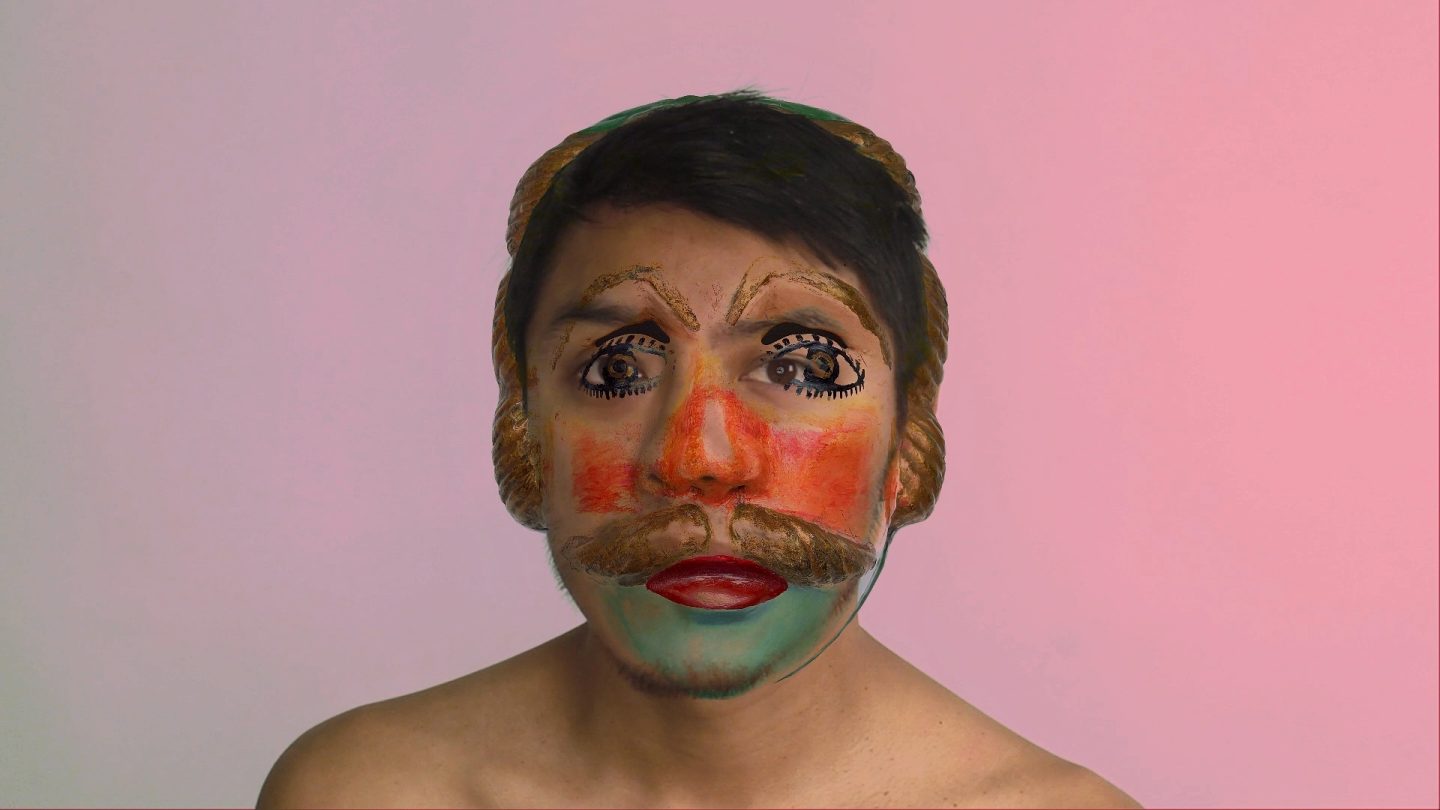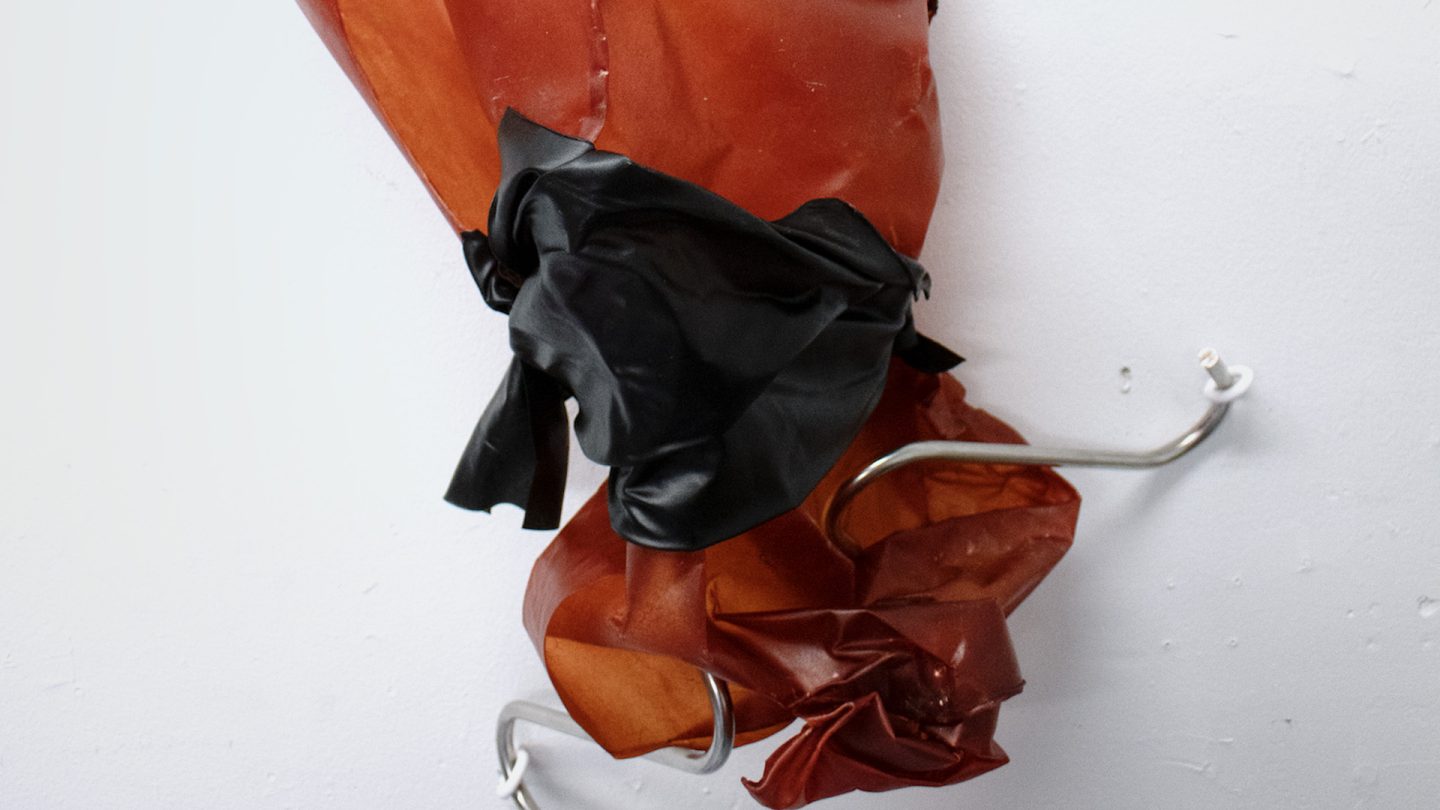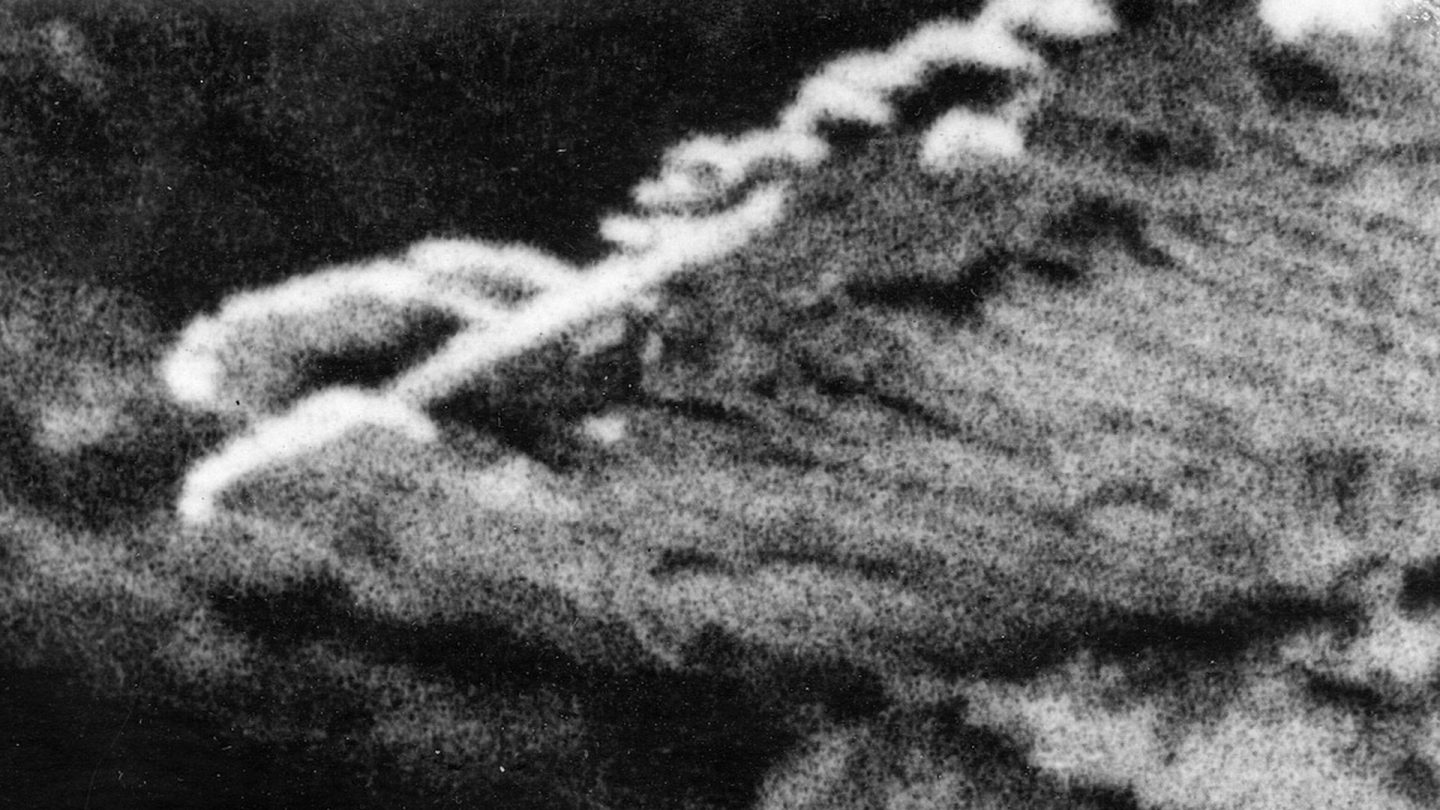Exhibitions
ABOUT THE EXHIBITION
Cascading through layers of observation and perception, this 2024 MFA cohort reveals diverse artistic practices. The candidates probe educational theory as it applies to the art world, portraiture of the self and collective within the margins of a global society, reconnaissance in archives, the inherent qualities of materials and their relation to artistic social spheres, and communication in writing, philosophy, and visual culture. Through wide-ranging media, they assess whether the value of art is determined by the audience looking or through the artists’ independent views.
The UIC MFA Program facilitates an expansive reckoning for how creative practitioners exist at grassroots, academic, city, and global levels of the art world. It instigates introspection into how artwork functions to a broad audience, how it lives in each candidate’s niches, and how autonomous voices enhance personal relationships to art. However, their investigations leave the cohort with over-arching, broad questions about when the value of art is determined: Does it emerge from processes that transform discrete materials into a final piece? Or is it when bonds are formed by the viewers’ interactions with the artworks’ ideas and forms?
Closing reception: Friday, April 19, 5–8 p.m.
Sarah Isela Aguilar is a drawer born and raised in a red brick house with two badly pruned bushes at the end of the driveway. She received a BFA from the University of Texas at El Paso (2019) with a concentration in Drawing and a minor in Printmaking. She lives and works in Chicago where she’s an MFA candidate at the University of Illinois Chicago.
Jovita Alvares is a multidisciplinary artist working in photo-based media, video, text, textiles, and installation. Growing up as part of an ethno-religious minority in Pakistan, Alvares has always felt sensitive to how forms of otherization emerge, and through her practice, focuses on relocating the ‘Other’ to the forefront. Drawing on firsthand experiences, her research often begins by parsing through photographic archives as a guide to challenge modes of meaning-making through form and gesture.
Her current research explores how histories of colonialism, imperialism, and the partition of India incited layers of erasure and exclusion within marginalized communities in South Asia. Using her family archive as a lens, she interrogates how these dislocations impact notions of home, belonging, and identity. Alvares is the recipient of the Imran Mir Prize for emerging artists and a USEFP Fulbright Scholar.
Andi Crist is a conceptual artist based in Chicago. Her sculptural practice employs a variety of media, including woodworking, ceramics, and casting, which is complemented by a career as a professional art handler and fabricator. By pairing humor and skepticism with craft-based techniques, Crist critically examines the value systems at play in the arts economy. Absurdity and utility target intellectualism with a serious dedication to craftsmanship and a “master-of-none” attitude. Objects are rooted in real iterations of themselves, and replications reflect a world where work and play become both synonymous and antagonistic. With keen self-awareness and an often-sardonic approach to the gallery as a white cube, Crist’s work incites critical examinations of contemporary studio practices and the theatre of the exhibition space.
B’alam Waykan García. I am a multimedia Kaqchikel artist. I use performance, poetry, installation, and other visual arts to speak out about the violence that racialized bodies have internalized. My work is aware of the irony of the world we move in and the standards to which we are subjected, so I play with identities, genders, races, and other categories that try to define me to address the issues that have been designated for me, for us, by others. My questions point to the structures that oppress us and seek to problematize the conformity of observance, so creating art for me is a way to shake the table where I’ve been given a seat.
Queen Hibbler. Each year, I feel it may be easier than the last. But I find myself yearning to be understood while also not wanting to be consumed. The juxtaposition of these two notions haunts me while I navigate through this lifetime as a Black woman. A queer femme just now sprouting their idiosyncratic wings. The click-clacking of my super-long nails against the sides of my paint cups, rattling against the keyboard are all pieces of the work. Endless voice notes, tons of backspaces, and exasperated sighs all make up the work. The process of the work is also the work. If I am bound to be gazed upon, I might as well take control of what will be exhibited. Autonomy is one thing that I know that I’ve been striving to achieve, especially in my older years.
Le Hien Minh’s current work demonstrates an unwavering dedication to exploring significant subjects that reverberate with the deeper currents of society. With the female experience at its center, her work maps the complex interconnections among the myriad socio-historical and cultural forces that affect modern life, including politics, culture, race, gender, labor, and class. At once contemplative and challenging, her work transcends the superficial, revealing profound nuances of these themes and infusing them with mystical, spiritual, and magical elements.
With her distinctive approach to metaphysics, Le Hien Minh creates a compelling yet uncanny experience that invites viewers to immerse themselves in contemplation, considering the dynamic interchange between actuality and potentiality, as well as the subtle interconnection between abstractness and concreteness. Through this thought-provoking lens, she poses questions about existence and the nature of being.
Katelyn Patton is a visual artist who was born and raised in the Midwest and works in Chicago. Her practice focuses on the urban ecology and biodiversity of plants in the city and beyond, how materials and color are naturally derived from them, and how this hyper-localized knowledge can be used to connect multiple overlapping histories, stories, and meanings. She has been the Maker-In-Residence at the Harold Washington Library, received a DCASE award in 2020, and has had solo shows at Extra Projects, the Lillstreet Arts Center, and the NEIU Fine Arts Center Gallery. She was awarded the UIC Sustainability Fund to establish the UIC Art Garden, a space for cross-disciplinary explorations with plants and alternative materials.
Luke Sanders attempts to illustrate a version of manhood that leaves room to be passive, swishy, introspective, vulnerable, unheroic, awkward, nervous, and doubtful. He is trying to move into a more radically affirmative relationship with his aging queer body. He draws with a mirror and a stick, using self-portraiture to reflect his inner weather and describe what happens when he sits with himself. Sanders is a native of Sacramento, California.
Samuel Schwindt is a leather sculptor in Chicago, IL. His object-and-space-focused practice has ancestries in sculptural lineages, leather-craft heritages, and queer histories. Schwindt manifests monumental-scale constructions through leather, light, ligatures, luxuries, limerence, legacies, legends, and lamentations. The works are figure-adjacent sculptures that are ambiguous, alien, ambivalent, and amorphous portraits.
Sarah Whyte is a fiber artist and painter whose work questions her identity as a transracial, transnational, Chinese American woman and adoptee. She was born in China and lived in an orphanage. She was then adopted from Jiangxi province and brought to the United States, where she grew up. She looks to China to understand her story. However, she can only understand China through a Western lens without direct access to her motherland’s location, language, history, and culture. In her artwork, she explores the complicated intersections of international adoption with global issues such as imperialism, militarism, and colonization. She also draws on personal matters around identity, racism, and discrimination. She uses painting and textile techniques such as embroidery to tell her personal stories about adoption and identity and to bring the complexities of transnational adoption to the fore. She utilizes her lived experiences as clues to reveal histories around human rights, international relations, and race politics.
ARTISTS
Sarah Isela Aguilar, Jovita Alvares, Andi Crist, B’alam García, Queen Hibbler, Le Hien Minh, Katelyn Patton, Luke Sanders, Samuel Schwindt, Sarah Whyte





